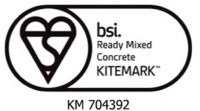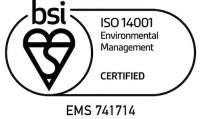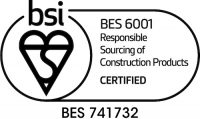Given that there are several different types of screed, it’s not always easy to figure out which process would best suit your current construction project. Each type of screed has different properties, characteristics and applications, so it’s important to understand these before you make your decision. In this article, we will be taking a look at the different types of screed, before going into detail about the benefits of unbonded screed in particular.
What is screed, exactly?
Fundamentally, screed is a thin layer that is placed over concrete to create a smooth, hardwearing subfloor. Created from cement, water and graded aggregates, screed is usually laid anywhere between 25mm and 100mm thick, and can then either be covered with a decorative finish, or left as is in environments where scratches and scuffs are the norm (car parks, for example).
The different types of screed
- Bonded Screed: “bonded” refers to the way in which this particular type of screed relates to the substrate: it’s attached with a bonding agent. This makes bonded screed perfect for heavy-load applications. It is usually laid around 25mm-40mm thick.
- Unbonded Screed: where bonded screed is actually fused to the substrate, unbonded screed is laid on top of a damp-proof membrane, separating the screed from the concrete. With unbonded screed, the drying process is crucial; if it’s too fast, the edges of the screed can warp.
Why choose unbonded screed?
- Guards against damp: Thanks to the damp-proof membrane which separates the screed from the concrete, a barrier is created which prevents damp rising from the substrate. This makes unbonded screed an excellent choice in environments where damp could pose a serious problem.
- Prevents shrinkage: Screed will always shrink; any material with water as a compositional element will shrink as it dries. What’s more, shrinkage cracking accounts for around 80% screed cracking, so it’s important to try and keep this under control. By separating the screed from the substrate, unbonded screed can greatly reduce the risk of shrinkage during the drying process.
- Prevents settlement: A common problem with concrete floors is settlement, that is, when the floor itself begins to sink due to large amounts of pressure. Given that the damp-proof membrane separates the screed from the concrete, settlement is mitigated.
As you can see, there are a number of benefits to using unbonded screed, and at EasyMix we’re very proud to be able to provide high-quality unbonded screed to customers throughout London. From small domestic projects to large-scale industrial work, we deliver the highest quality products and service in the most professional manner with our same and next-day delivery options. For more information about what we do, please get in touch with us today.



